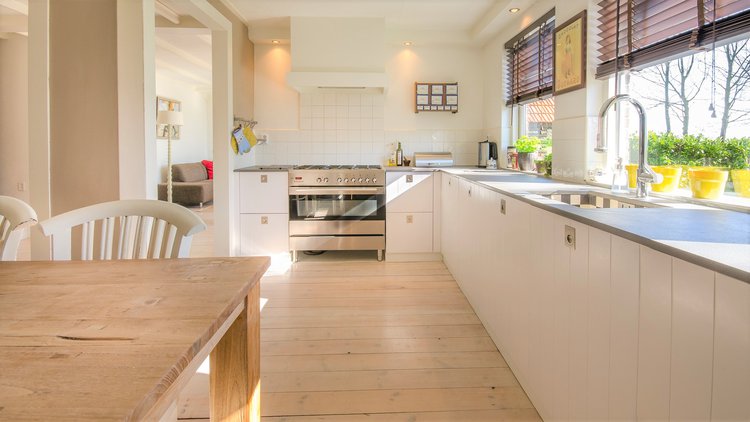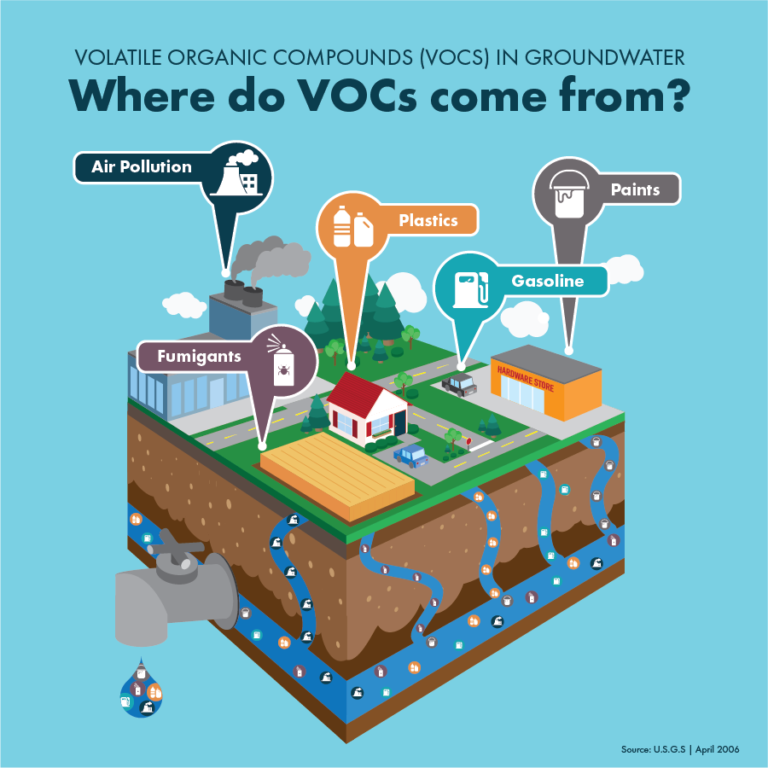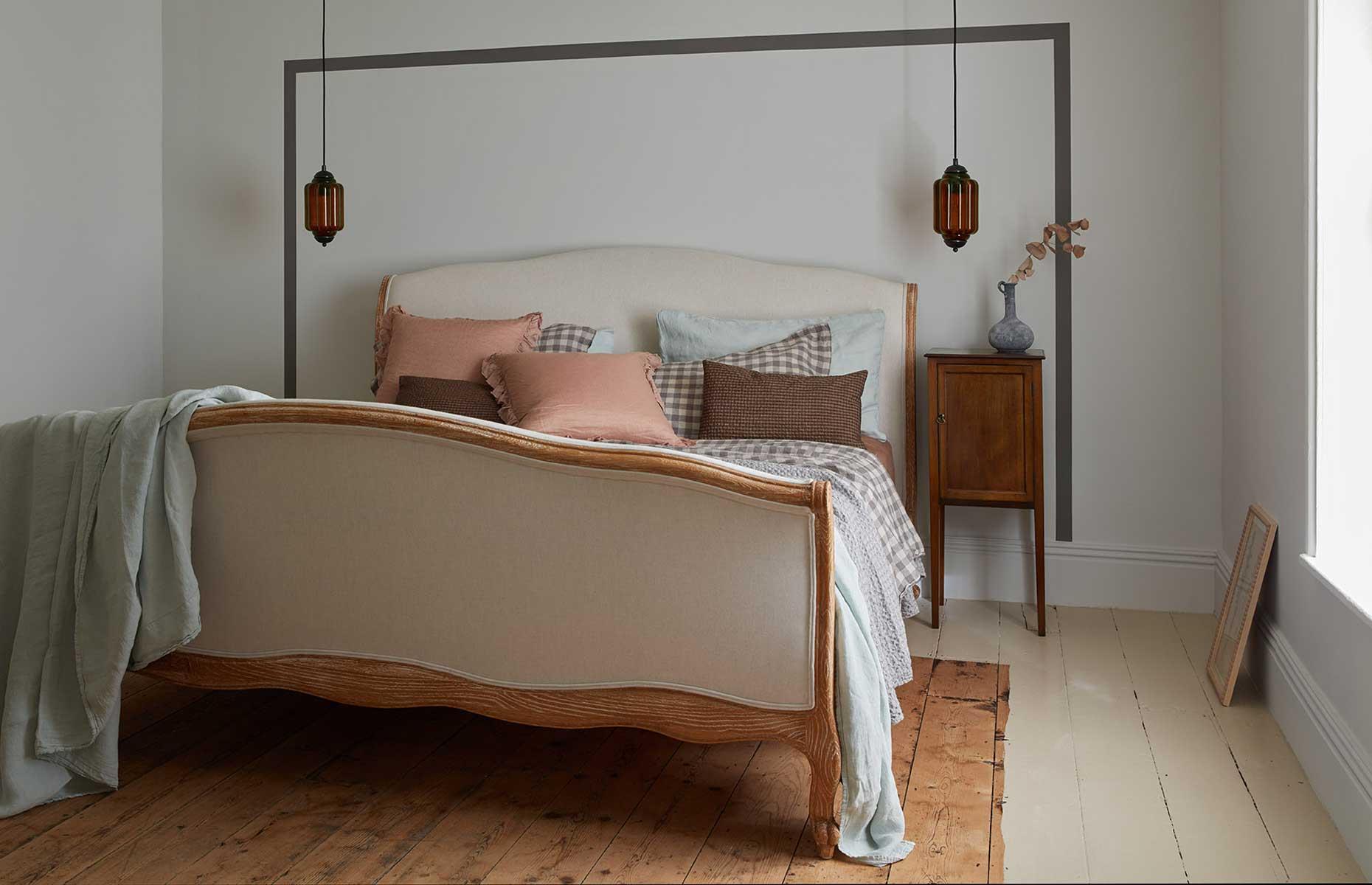Understanding Low VOC Kitchen Cabinets
Low VOC kitchen cabinets are becoming increasingly popular as homeowners prioritize indoor air quality and overall well-being. Understanding the concept of VOCs and their impact on indoor environments is crucial when making informed decisions about kitchen cabinet materials.
VOCs and Indoor Air Quality
Volatile organic compounds (VOCs) are chemicals that evaporate at room temperature and release gases into the air. These gases can contribute to poor indoor air quality, leading to various health problems, particularly in enclosed spaces like kitchens.
- VOCs can cause eye, nose, and throat irritation, headaches, dizziness, and nausea.
- Long-term exposure to high levels of VOCs has been linked to respiratory problems, allergies, and even cancer.
Benefits of Low VOC Kitchen Cabinets
Choosing low VOC kitchen cabinets offers numerous benefits for your health and well-being. These cabinets emit significantly fewer VOCs, resulting in cleaner and healthier indoor air.
- Improved indoor air quality reduces the risk of respiratory problems and allergies.
- Low VOC cabinets contribute to a more comfortable and pleasant living environment.
- They are particularly beneficial for individuals with sensitivities to chemicals or respiratory conditions.
Common VOC-Emitting Materials in Kitchen Cabinets
Traditional kitchen cabinets often contain materials that release VOCs into the air. These materials include:
- Formaldehyde: Commonly found in plywood, particleboard, and some laminates. Formaldehyde is a known carcinogen and can cause respiratory problems.
- Phenol: Used in resins and adhesives, phenol can contribute to eye and respiratory irritation.
- Toluene: A solvent used in paints and varnishes, toluene can cause headaches, dizziness, and nausea.
- Xylene: Another solvent used in paints and varnishes, xylene can cause similar symptoms to toluene.
Types of Low VOC Kitchen Cabinets

Low VOC kitchen cabinets are available in various materials, each offering distinct advantages and disadvantages. Understanding the properties of these materials will help you choose the best option for your needs.
Wood
Wood is a popular material for kitchen cabinets due to its natural beauty and durability. Many wood species, such as maple, cherry, and oak, are naturally low in VOCs. However, the finishing process, which involves paints, stains, and sealants, can introduce VOCs. Look for cabinets with finishes that are certified low VOC or formaldehyde-free.
- Advantages: Natural beauty, durability, and a wide range of styles and finishes.
- Disadvantages: Can be expensive, susceptible to scratches and water damage, and requires regular maintenance.
Plywood
Plywood is an engineered wood product made from thin layers of wood veneer glued together. It is a durable and stable material that is often used for cabinet construction. Plywood can be made with low VOC glues and finishes, making it a good choice for eco-conscious consumers.
- Advantages: Durable, stable, and affordable.
- Disadvantages: May not have the same aesthetic appeal as solid wood.
Medium-Density Fiberboard (MDF)
MDF is a wood-based panel product made from wood fibers that are bonded together with resin. It is a dense and smooth material that is often used for cabinet doors and drawer fronts. MDF can be made with low VOC resins and finishes, making it a viable option for low VOC kitchen cabinets.
- Advantages: Smooth and consistent surface, affordable, and easy to work with.
- Disadvantages: Can be susceptible to moisture damage, and may not be as durable as wood or plywood.
Thermofoil
Thermofoil cabinets have a thin layer of plastic laminate applied over a core material, typically MDF or plywood. The laminate is heated and pressed onto the core, creating a smooth and durable surface. Thermofoil cabinets are available in a variety of colors and finishes, and they are generally low in VOCs.
- Advantages: Durable, moisture-resistant, and easy to clean.
- Disadvantages: Can be less aesthetically appealing than wood or plywood, and may not be as customizable.
Metal, Low voc kitchen cabinets
Metal kitchen cabinets are becoming increasingly popular due to their durability and modern aesthetic. Steel and aluminum are common materials used for metal cabinets, and they can be finished with low VOC paints and coatings.
- Advantages: Durable, moisture-resistant, and easy to clean.
- Disadvantages: Can be expensive, and may not be as aesthetically pleasing as wood or plywood.
Reputable Manufacturers
Several reputable manufacturers offer low VOC kitchen cabinets, including:
- IKEA: Offers a range of cabinets made with sustainable materials and low VOC finishes.
- Shaw Cabinets: Specializes in custom-made cabinets with a focus on using low VOC materials and finishes.
- KraftMaid: Offers a wide selection of cabinets, including options with low VOC finishes.
- Schuler: Offers a range of cabinets made with sustainable materials and low VOC finishes.
Considerations for Choosing Low VOC Cabinets

Choosing low VOC kitchen cabinets involves careful consideration of various factors that impact both your health and the environment. By understanding the environmental impact of different materials, selecting low VOC paints and finishes, and seeking certifications for low VOC content, you can make an informed decision for a healthier and more sustainable kitchen.
Environmental Impact of Cabinet Materials and Finishes
Understanding the environmental impact of various cabinet materials and finishes is crucial when selecting low VOC cabinets. The table below provides a comparative overview of common materials and their environmental considerations:
| Material | Environmental Impact |
|---|---|
| Solid Wood | Generally sustainable and renewable, but deforestation and transportation can impact the environment. |
| Plywood | Can be sustainable if sourced responsibly, but formaldehyde emissions can be a concern. |
| Medium-Density Fiberboard (MDF) | Made from wood fibers, but often contains formaldehyde and other VOCs. |
| Particleboard | Similar to MDF, but may contain higher levels of formaldehyde. |
| Melamine | Durable and low-maintenance, but often contains VOCs. |
| Paint | VOCs in paint can contribute to air pollution and health issues. Low VOC paints are available. |
| Stain | Some stains contain VOCs, but low VOC options are available. |
| Sealant | VOCs in sealants can impact indoor air quality. Low VOC sealants are recommended. |
Selecting Low VOC Paints, Stains, and Sealants
When selecting paints, stains, and sealants for your kitchen cabinets, prioritize low VOC options to minimize indoor air pollution and potential health risks. Consider these factors:
- VOC Content: Look for products labeled “low VOC” or “ultra-low VOC.” The lower the VOC content, the better for indoor air quality.
- Certification: Seek products certified by reputable organizations like GREENGUARD or UL Environment, which ensure low VOC emissions.
- Ingredients: Choose products made from natural or plant-based ingredients whenever possible, as they tend to have lower VOC levels.
- Color and Finish: Explore a range of colors and finishes to find the best fit for your kitchen design, keeping in mind that some low VOC options may have limited color availability.
- Durability and Maintenance: Consider the durability and maintenance requirements of low VOC products. Some may require special care or reapplication to maintain their performance.
Resources and Certifications for Low VOC Cabinets
Several resources and certifications can help you identify low VOC kitchen cabinets:
- GREENGUARD: GREENGUARD is a recognized certification program that tests and certifies products for low VOC emissions. Look for the GREENGUARD certification mark on cabinet products.
- UL Environment: UL Environment is another reputable certification body that assesses the environmental impact of products, including VOC emissions. Seek UL Environment certification for low VOC cabinets.
- Forest Stewardship Council (FSC): The FSC certification ensures that wood products come from responsibly managed forests. Look for FSC-certified cabinets to support sustainable forestry practices.
- LEED: The Leadership in Energy and Environmental Design (LEED) program promotes sustainable building practices. LEED-certified cabinets typically meet stringent VOC emission standards.
- Manufacturer Websites: Check the websites of cabinet manufacturers for information on their VOC emissions and certifications. Many manufacturers now provide detailed product information on their websites.
Low VOC kitchen cabinets are becoming increasingly popular due to their environmental friendliness and potential health benefits. They emit fewer volatile organic compounds, which can contribute to indoor air pollution. If you’re considering a kitchen remodel and are interested in 42-inch upper cabinets, 42 inch upper cabinets lowes offers a variety of options, some of which may be available in low VOC finishes.
When choosing your cabinets, it’s essential to consider the VOC content and ensure it aligns with your overall commitment to a healthier indoor environment.
Low VOC kitchen cabinets are becoming increasingly popular due to their environmental friendliness and potential health benefits. When seeking out these cabinets, it’s crucial to explore options like those offered by home emporium kitchen cabinets , which prioritize sustainable materials and manufacturing processes.
By choosing low VOC cabinets, homeowners can contribute to a healthier indoor environment and create a space that is both beautiful and eco-conscious.

